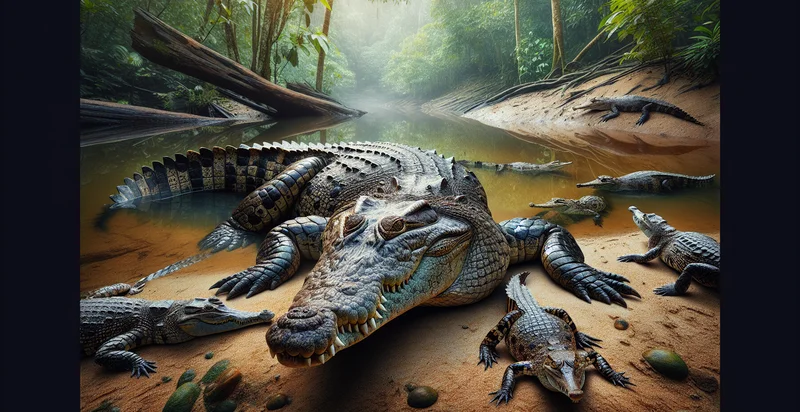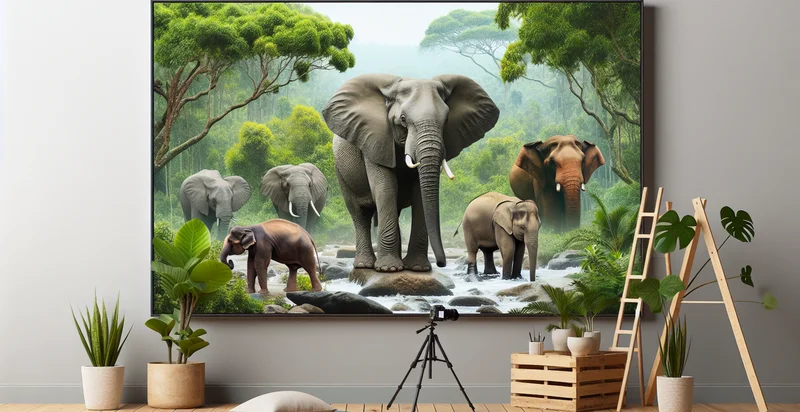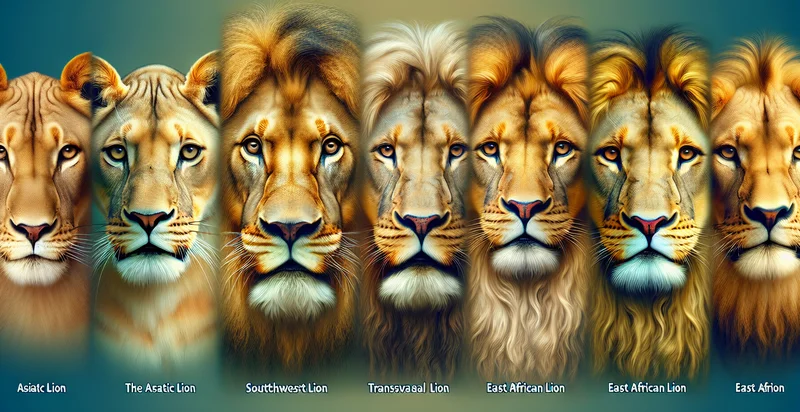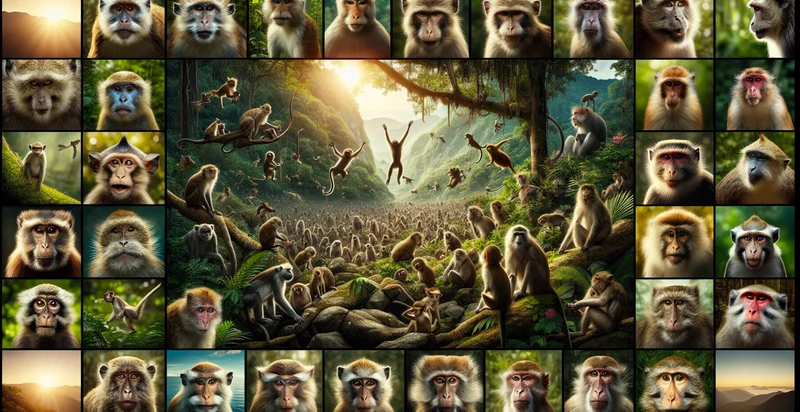Identify crocodile species
using AI
Below is a free classifier to identify crocodile species. Just upload your image, and our AI will predict which crocodile species it is - in just seconds.

Contact us for API access
Or, use Nyckel to build highly-accurate custom classifiers in just minutes. No PhD required.
Get started
import nyckel
credentials = nyckel.Credentials("YOUR_CLIENT_ID", "YOUR_CLIENT_SECRET")
nyckel.invoke("crocodile-species-identifier", "your_image_url", credentials)
fetch('https://www.nyckel.com/v1/functions/crocodile-species-identifier/invoke', {
method: 'POST',
headers: {
'Authorization': 'Bearer ' + 'YOUR_BEARER_TOKEN',
'Content-Type': 'application/json',
},
body: JSON.stringify(
{"data": "your_image_url"}
)
})
.then(response => response.json())
.then(data => console.log(data));
curl -X POST \
-H "Content-Type: application/json" \
-H "Authorization: Bearer YOUR_BEARER_TOKEN" \
-d '{"data": "your_image_url"}' \
https://www.nyckel.com/v1/functions/crocodile-species-identifier/invoke
How this classifier works
To start, upload your image. Our AI tool will then predict which crocodile species it is.
This pretrained image model uses a Nyckel-created dataset and has 13 labels, including Saltwater Crocodile and Nile Crocodile.
We'll also show a confidence score (the higher the number, the more confident the AI model is around which crocodile species it is).
Whether you're just curious or building crocodile species detection into your application, we hope our classifier proves helpful.
Related Classifiers
Need to identify crocodile species at scale?
Get API or Zapier access to this classifier for free. It's perfect for:
- Wildlife Conservation: Conservation organizations can use the 'crocodile species' identifier to accurately identify and track different species of crocodiles. This data can be used to calculate the population size, and make informed decisions related to wildlife conservation.
- Zoological Studies: Scientists and wildlife researchers can use the function to distinguish between different species of crocodiles during their studies. This can enhance the efficiency of their research, enabling them to gather precise data quickly.
- Zoo Management: Zoos can use the identifier in managing their crocodile exhibits. It allows for the correct classification and separation of different species for housing, nutrition, and breeding purposes.
- Animal Trafficking Control: Custom officials and law enforcement officers can use the tool to identify the species of crocodiles, aiding in the prevention of illegal animal trade and enforcing wildlife protection laws.
- Wildlife Tourism: Tour companies can use the identifier to provide educational information about different species of crocodiles to tourists during wildlife safari tours, enhancing the travel experience.
- Media and Entertainment: Filmmakers and documentarians focusing on wildlife can use the identifier to provide accurate information about the species of crocodiles shown in their films, thereby contributing to educational media.
- Veterinary Medicine: The tool can help veterinarians and other animal healthcare professionals identify the exact species of a crocodile, this can further guide appropriate treatment and care plans unique to the species.


